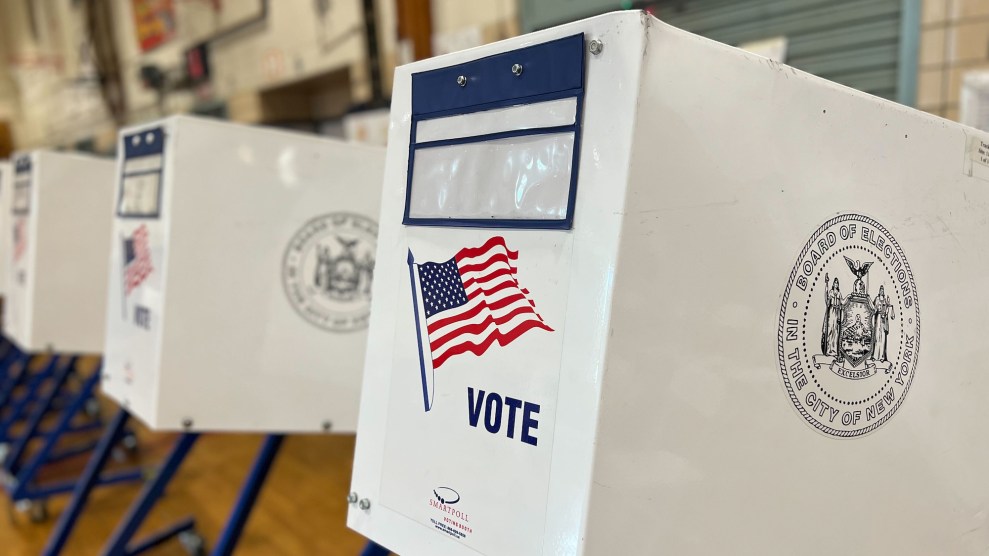The Bush administration Environmental Protection Agency actually reached the conclusion back in 2008 that climate change was a threat to humans. They just decided not to let anyone know about it.
The Bush administration kept the document declaring that carbon dioxide pollution endangers public welfare under wraps, but the Obama EPA released it to E&E yesterday. The response to the Supreme Court’s ruling in Massachusetts v. EPA is marked “Deliberative, Do Not Distribute.” Excerpts were released last year, so it was widely known that the report had concluded that climate change was a problem. But now the actual document is available to the public.
“The Administrator proposes to find that the air pollution of elevated levels of greenhouse gas (GHG) concentrations may reasonably be anticipated to endanger public welfare,” the document reads.
The document makes it clear that the Bush EPA’s environmental experts concluded in their draft that greenhouse gases pose a threat to human welfare and should therefore be regulated, and the finding was approved by Administrator Stephen Johnson. But the White House Office of Management and Budget would not sign off on the document, and even went so far as to refuse to open the email containing the finding so that they would not have to acknowledge it publicly. If they had acknowledged the finding, they would have been compelled by law to move forward on regulations, which the Bush administration strongly opposed. Instead, they left the finding to the Obama team, which reached a similar conclusion in April.
A congressional investigation last year concluded that the White House changed course on the endangerment finding after hearing from the office of Vice President Dick Cheney, the Office of Management and Budget, the Transportation Department, and Exxon Mobil Corp., among others.
The 29-page document makes it clear that administration officials were well aware of the threats of climate change, including changes to precipitation patterns, sea-level rise, the melting of glaciers, and ecosystem disruptions.















